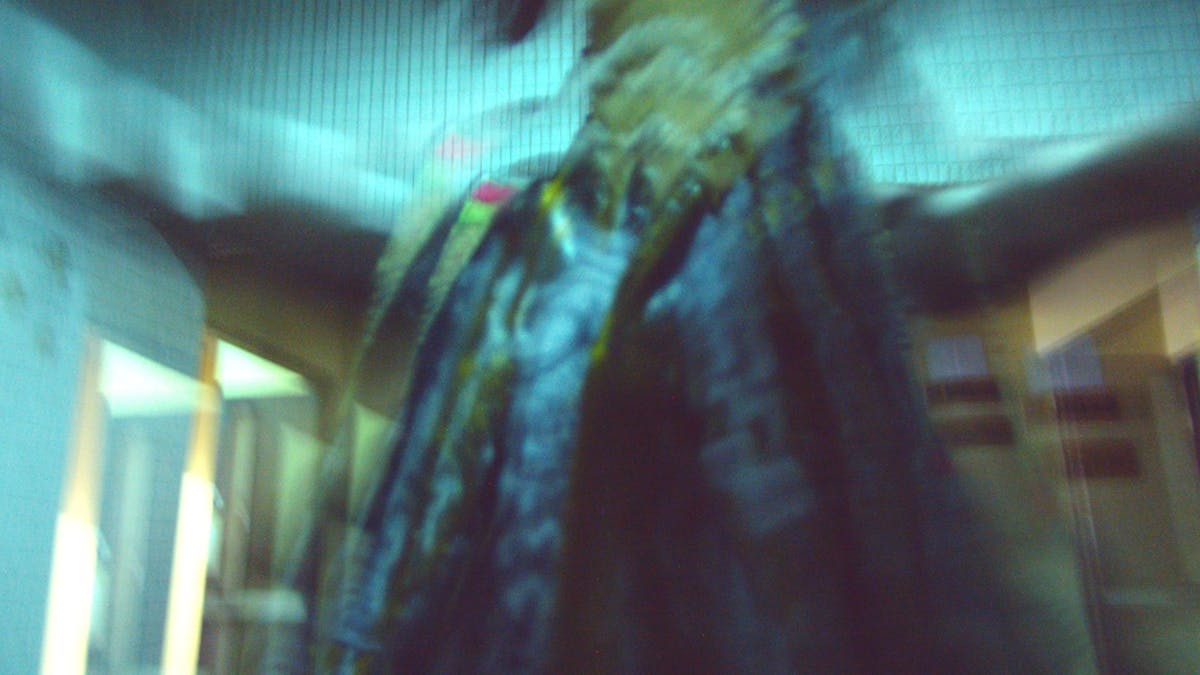A cursory (and frankly simplistic) reading of Sylvia Wynter will help outline why language specific to a Black Aesthetic Strategy is important. For Wynter, Western bourgeois man has claimed voice for all humanity. In order to reject a construction of the human which universalises the Western gaze and characterises the economically poor Black subject as inferior, Wynter proposes a means of knowledge production which operates otherwise. In ‘Africa, the West and the Analogy of Culture: The Cinematic Text After Man’, Wynter proposes that ‘the challenge to be met by the black African, and indeed black diasporic, cinema for the twenty-first century will be that of deconstructing the present conception of the human, Man,… to deconstruct with both, the order of consciousness and mode of the aesthetic to which this conception leads…’ 1Sylvia Wynter, ‘Africa, the West and the Analogy of Culture: The Cinematic Text after Man’ in Symbolic Narratives/ African Cinema Audiences, Theory and the Moving Image, ed. June Givanni (London: BFI Publishing, 2000), 25–76, here 26. The moving image is a form of racialised knowledge production, birthed out of industrial advances. Wynter calls for an aesthetic mode which might accurately represent a Black subject rather than chart a history of evolution of which Western man is the pinnacle.


